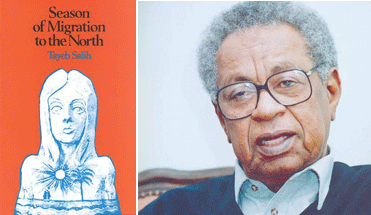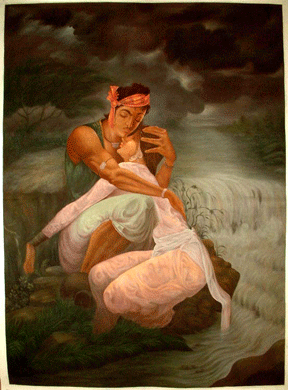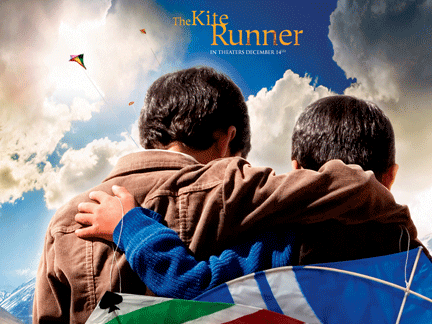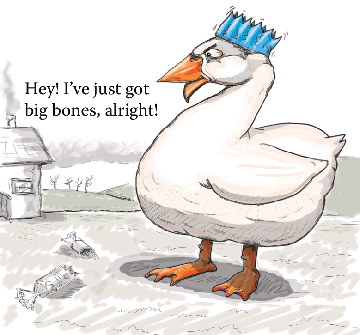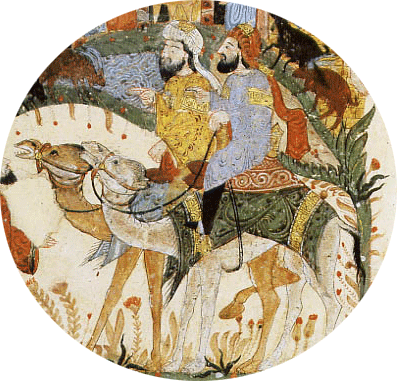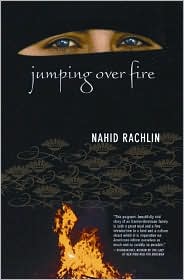
Rorotoko? Yes, Rorotoko. Forget about the name, but enjoy a relatively new website which allows authors to describe their books. As the site suggests:
• Rorotoko is an online venue for engaging the ideas and elaborations serious books are made of.
• Rorotoko is exclusive authors’ interviews on some of the most fascinating books coming out of some of the finest nonfiction and scholarly presses.
• But Rorotoko is not about books, it is about what books are about.
The April 3 edition of Rorotoko features an article I wrote about my Reading Orientalism: Said and the Unsaid, published by University of Washington Press in 2007.
Reading Orientalism is literally a re-reading of the late Edward Said’s Orientalism. Said’s powerful critique remains a milestone in the critical theory of academic bias three decades after its first publication. As the years go by, Orientalism survives more as an essential source to cite rather than a polemical text in need of thorough and open-minded reading. Read by academics as well as the general public in almost three dozen translations, Said’s text analyzes novels, travelogues and academic books to argue that a dominant imperialist discourse of West over East has underwritten virtually all past European and American representation of a so-called “Orient.†The debate over these views of Edward Said, a prominent intellectual of Palestinian heritage, continues unabated even after his passing in 2003. Continue reading Reading Orientalism on Rorotoko
